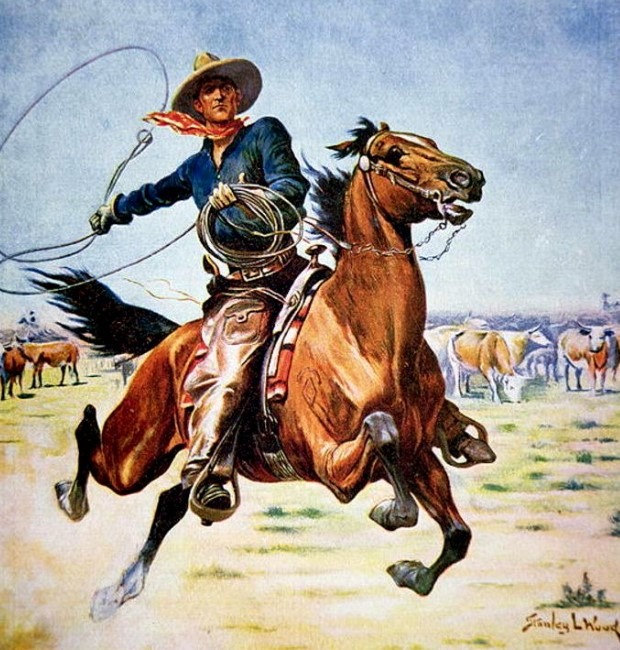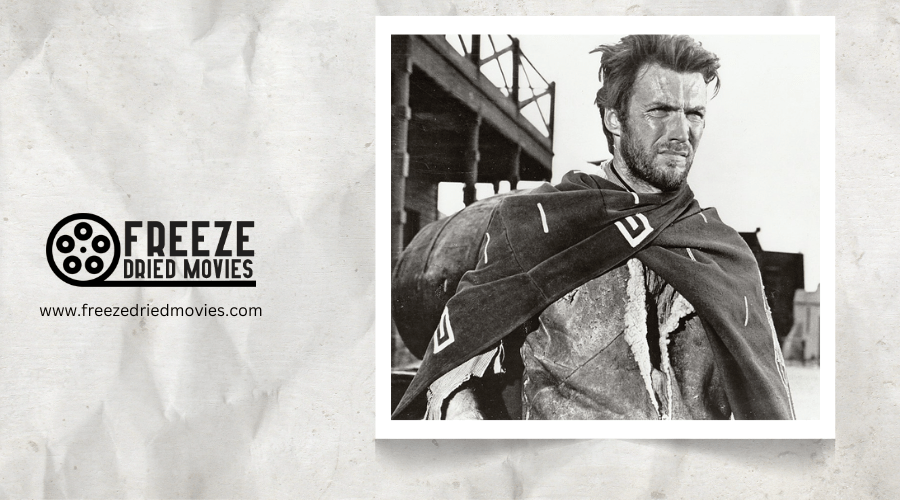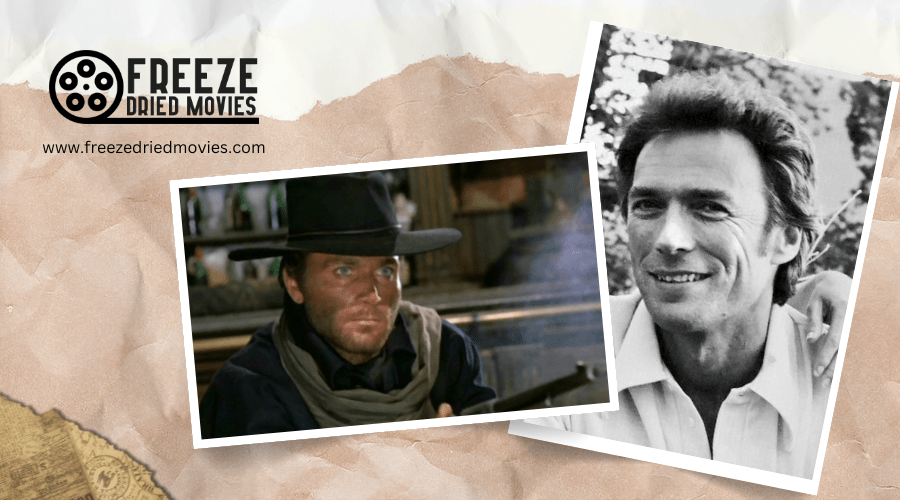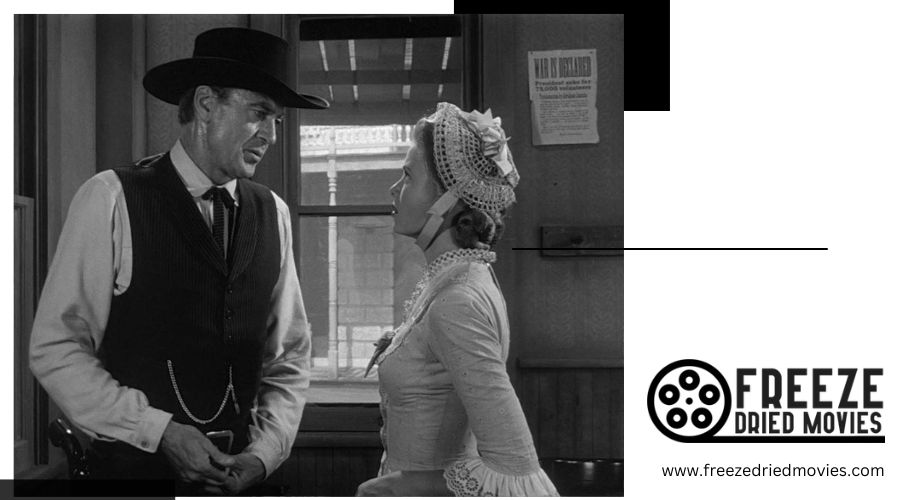Extreme Close-Ups to Epic Landscapes: Visual Styles Defined

When you frame a face so closely that a single teardrop fills the screen, you've entered a different storytelling dimension than when you capture vast mountain ranges dwarfing human figures. These opposing visual approaches—intimate close-ups and sweeping landscapes—represent two powerful weapons in your directorial arsenal. Each creates distinct emotional responses and serves different narrative functions.
The most compelling filmmakers don't simply choose one style but understand precisely when to deploy each for maximum impact, creating visual journeys that speak volumes without saying a word.
The Power of Extreme Close-Up Shots in Modern Filmmaking
While many cinematographic techniques shape contemporary films, few wield the psychological impact of the extreme close-up shot. When you focus intently on a specific portion of your subject, you're creating powerful visual impact that reveals minute details and signals important sensory moments for your audience.
Intimate close-ups generate immediate emotional responses by communicating through tactile sensations. You can strategically place these shots to misdirect viewers' attention or highlight essential elements that define your visual style.
For maximum effectiveness, pair extreme close-ups with contrasting shots like wide angles. This creates dynamic pacing and seamless shifts. During script breakdown, identify key moments that deserve this treatment to establish a consistent visual language throughout your film. Your deliberate use of extreme close-ups transforms ordinary scenes into memorable cinematic experiences.
Similar to horror films where the timing and contrast of a jump scare can elicit intense audience reactions, extreme close-ups manipulate viewer emotions through precise visual framing.
From Micro to Macro: Transitioning Between Visual Styles
As you advance in your visual storytelling journey, mastering the art of shifting between extreme close-ups and sweeping landscapes becomes essential. This movement creates a powerful rhythm that guides your viewer's emotional experience.
When you use extreme close-ups for intimate, abstract details followed by wide shots of epic landscapes, you're not just changing scale—you're manipulating perspective and emotion. Your shot selection reveals your unique visual voice while serving your narrative goals.
This micro-to-macro approach isn't merely technical; it's deeply personal. Your decisions about when to reveal the minute texture of a subject versus when to showcase its environmental context reflect your artistic priorities. The most compelling visual storytellers seamlessly navigate this spectrum, creating signature styles that balance intimate detail with breathtaking scale.
Following the introduction of the Hays Code in the 1930s, filmmakers developed innovative visual techniques to convey complex emotions and themes while navigating censorship restrictions.

Creating Emotional Impact Through Scale Manipulation
When you deliberately shift between extreme close-ups and expansive wide shots, you're wielding one of visual storytelling's most powerful emotional tools. This manipulation of scale directs your viewer's attention in profound ways—wide angles establish context and grandeur, while intimate close-ups reveal subtle details that might otherwise go unnoticed.
The emotional impact is transformative. A tight focus on texture and minute elements creates intimacy, inviting contemplation and tranquility. Conversely, expansive landscapes with clearly defined spatial elements evoke awe and inspiration. Your visual narrative becomes more dynamic when you control this relationship between scale and emotion.
Consider how cinematographers like Delli Colli mastered this technique in Spaghetti Westerns, where sweeping desert panoramas suddenly gave way to intense facial close-ups, creating an unmistakable emotional signature that defined an entire genre. This approach shares principles with Emmanuel Lubezki's revolutionary cinematography, where his commitment to natural light techniques transforms environmental conditions into visual poetry that enhances the emotional connection between viewers and narrative.
Epic Landscapes: Composition Techniques That Inspire Awe
Every epic landscape photograph that stops viewers in their tracks combines precise compositional techniques with a profound sense of wonder. When you're crafting these sweeping vistas, consider your aspect ratio carefully—wider formats often enhance the feeling of vastness.
Your color palette should capture the ethereal glow of golden hour, when the interplay of light and shadow creates dramatic depth. Structure your composition with distinct layers—foreground, middleground, and background—to transport viewers directly into your moment of awe.
Panoramic shots excel at conveying scale, inviting the eye to wander through the grandeur. When mastering these techniques, remember that the technical challenges of exposure and depth of field serve a greater purpose: allowing viewers to get lost in the magnificent natural world you've framed.
The Psychological Effects of Visual Proximity and Distance
The distance between your lens and subject fundamentally shapes how viewers respond emotionally to your images. When you employ extreme close-ups, you're creating visual proximity that generates intimacy or discomfort by highlighting minute details that might otherwise go unnoticed.
Conversely, wide framing establishes distance, evoking feelings of wonder or insignificance as subjects become dwarfed by their surroundings. Remember that shot size works contextually—the same framing might provoke contrary emotional responses depending on your narrative intent.
Visual Storytelling: When to Use Each Shot Type for Maximum Impact
Selecting the right shot type at the precise moment can transform ordinary footage into compelling visual narratives that resonate with viewers. When crafting your shot lists, consider how each framing choice directs the viewer's attention and shapes their experience.
Begin with an establishing shot to orient your audience within the environment before shifting to medium shots that balance character presence with contextual information. Reserve close-ups for emotional turning points where you need to forge connection with characters, and deploy extreme close-ups sparingly to highlight pivotal details that might otherwise go unnoticed.
Remember that each change between shot sizes guides your audience's emotional journey through your story. By thoughtfully varying proximity and distance, you'll create visual rhythm that keeps viewers engaged while subtly communicating your narrative's deeper meaning.
Technical Considerations for Capturing Both Extremes
Mastering both expansive landscapes and intimate close-ups requires distinct technical approaches tailored to each visual extreme. For epic landscapes, you'll want wide-angle lenses with shorter focal lengths that capture the full shot and convey scale. Stabilize your camera with a tripod, especially for long exposures that capture dramatic skies or water movement.
When shooting close-ups, switch to telephoto lenses that isolate textures and details. Control your depth of field by adjusting aperture—wider apertures blur backgrounds while keeping your subject sharp. Consider lighting carefully; low-key lighting creates mood in landscapes through dramatic shadows, while soft, diffused light reveals intricate details in close-ups. Both techniques benefit from proper camera stabilization to guarantee your images remain crisp and professional, regardless of focal length.

Case Studies: Directors Who Master the Full Visual Spectrum
Few creative partnerships stand out as brilliantly as that between director Sergio Leone and cinematographer Tonino Delli Colli, who together pushed the boundaries of visual storytelling in cinema. Their work on "The Good, the Bad and the Ugly" exemplifies their mastery of the full visual spectrum. You'll notice how they manipulate camera movements—from sweeping panoramas to extreme close-ups—to heighten the audience's emotional response.
Their art of visual storytelling draws from both Japanese cinema and American Westerns, creating a distinctive language where every frame serves the narrative. Delli Colli's innovative use of light and shadow defines the genre's aesthetic, while his versatile approach to shots creates the perfect balance between epic vastness and intimate character studies. This revolutionary visual style transformed Westerns forever.




